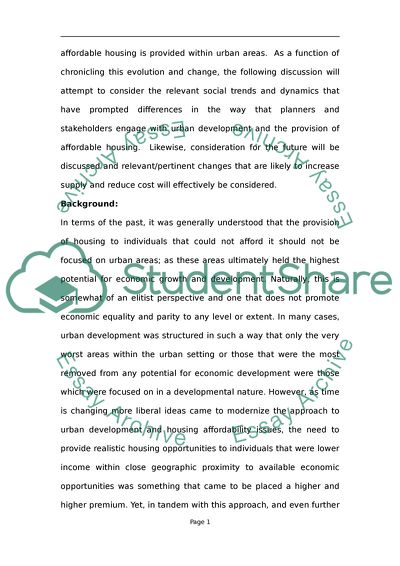Cite this document
(Affordable Urban Development Research Paper Example | Topics and Well Written Essays - 2500 words, n.d.)
Affordable Urban Development Research Paper Example | Topics and Well Written Essays - 2500 words. https://studentshare.org/engineering-and-construction/1844215-urban-development-the-history-of-developing-affordable-housing-options-in-a-community
Affordable Urban Development Research Paper Example | Topics and Well Written Essays - 2500 words. https://studentshare.org/engineering-and-construction/1844215-urban-development-the-history-of-developing-affordable-housing-options-in-a-community
(Affordable Urban Development Research Paper Example | Topics and Well Written Essays - 2500 Words)
Affordable Urban Development Research Paper Example | Topics and Well Written Essays - 2500 Words. https://studentshare.org/engineering-and-construction/1844215-urban-development-the-history-of-developing-affordable-housing-options-in-a-community.
Affordable Urban Development Research Paper Example | Topics and Well Written Essays - 2500 Words. https://studentshare.org/engineering-and-construction/1844215-urban-development-the-history-of-developing-affordable-housing-options-in-a-community.
“Affordable Urban Development Research Paper Example | Topics and Well Written Essays - 2500 Words”. https://studentshare.org/engineering-and-construction/1844215-urban-development-the-history-of-developing-affordable-housing-options-in-a-community.


